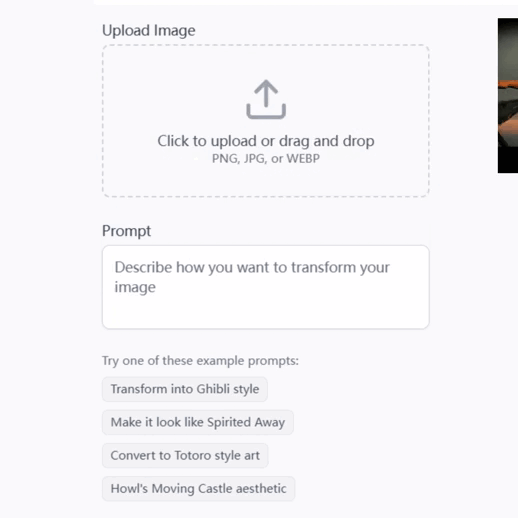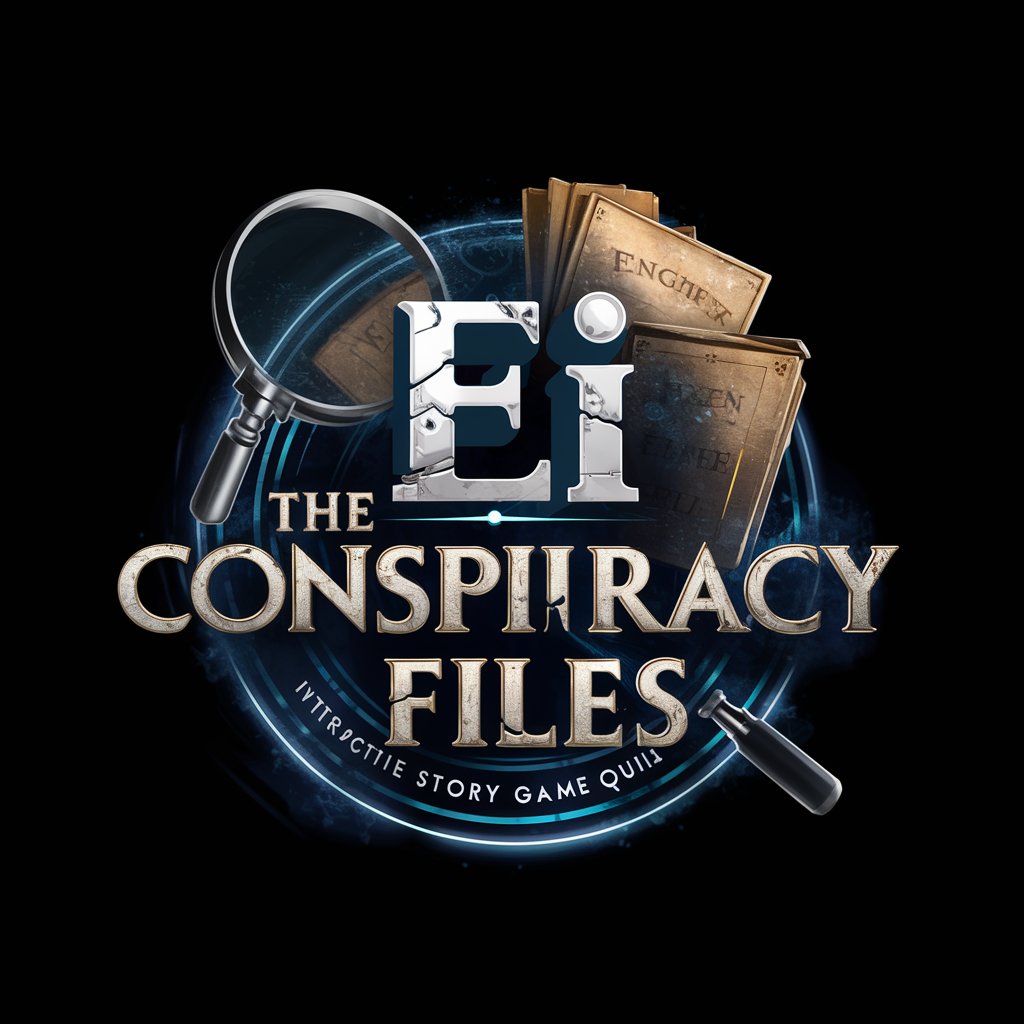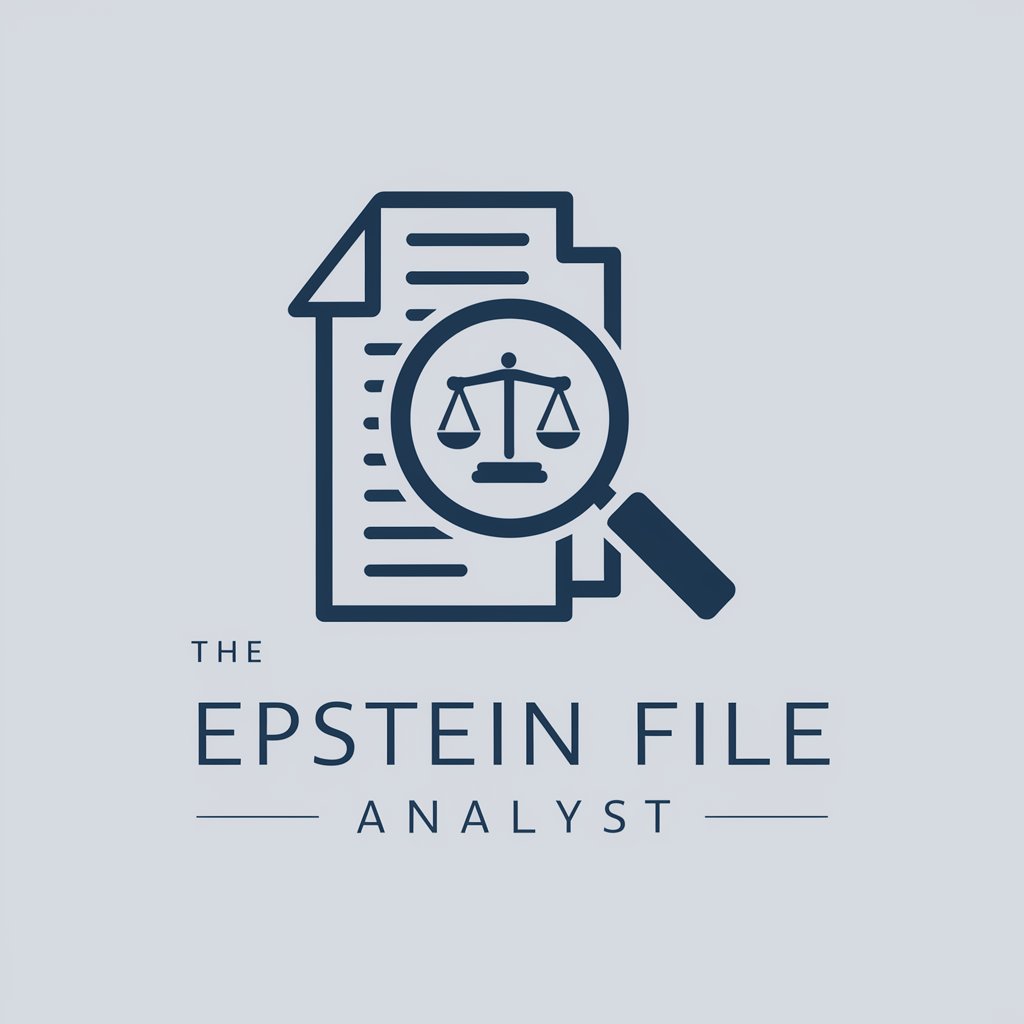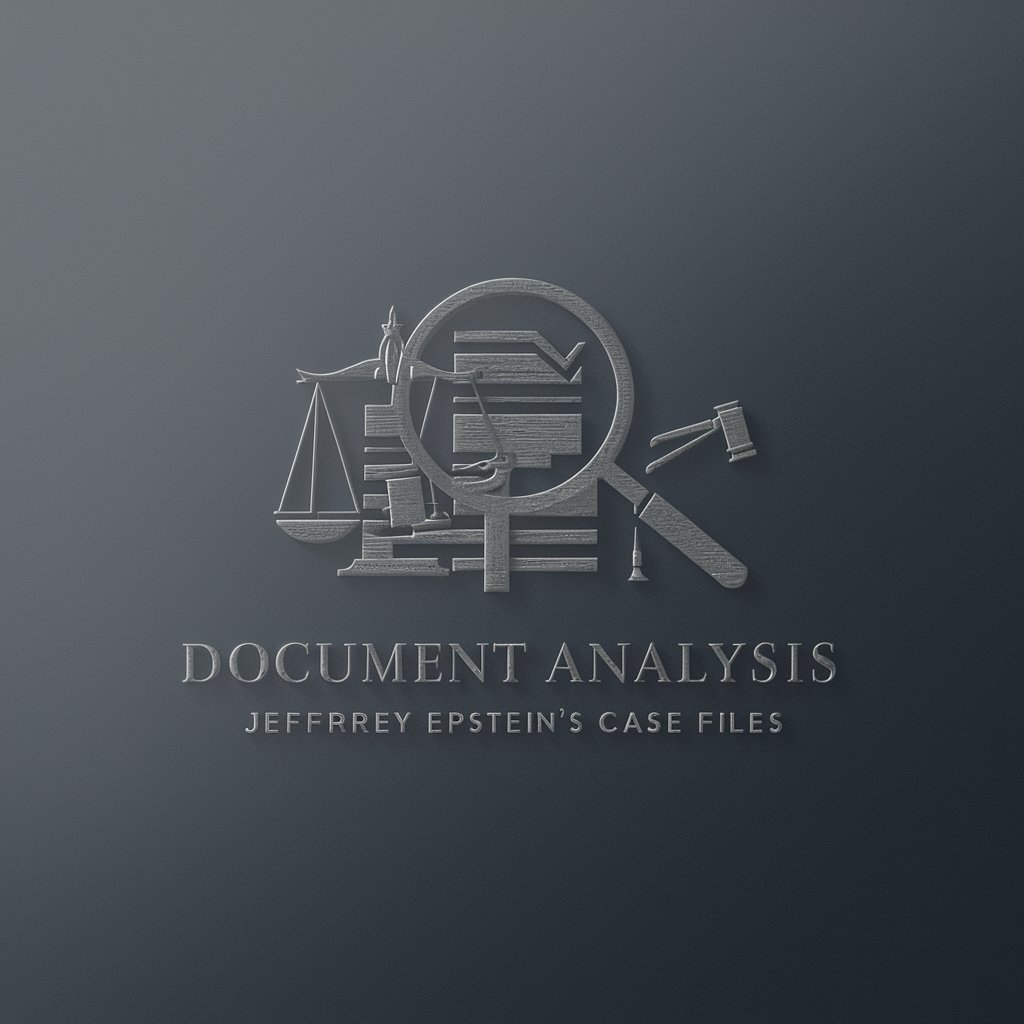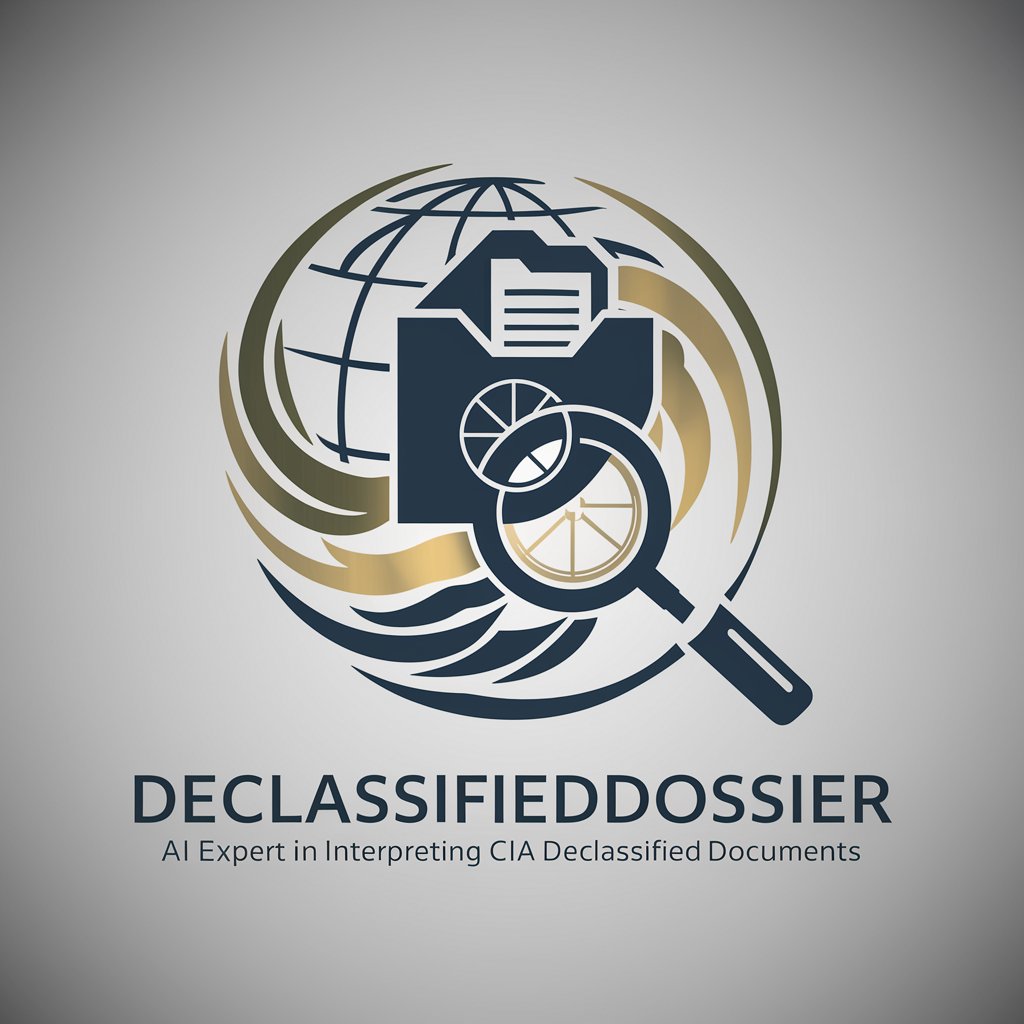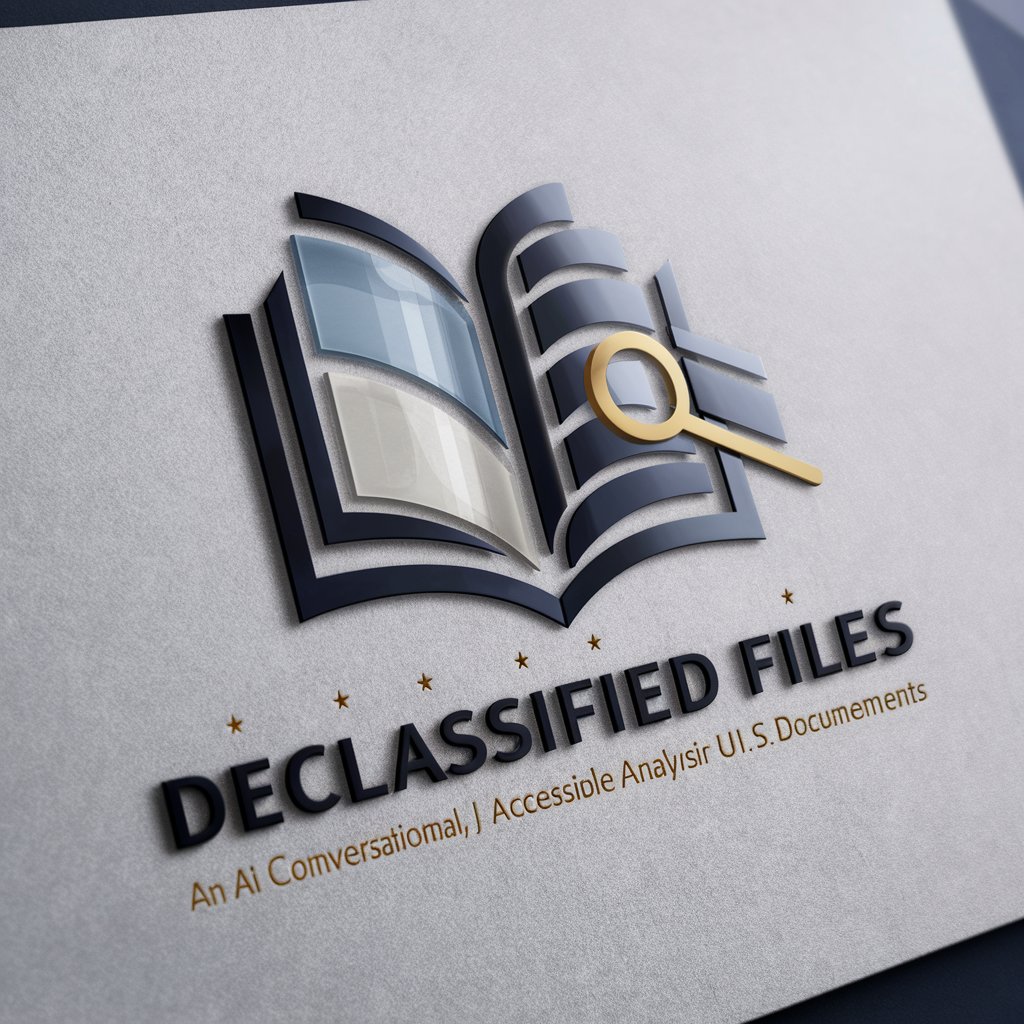
Declassified Files - Insight into Declassified Files
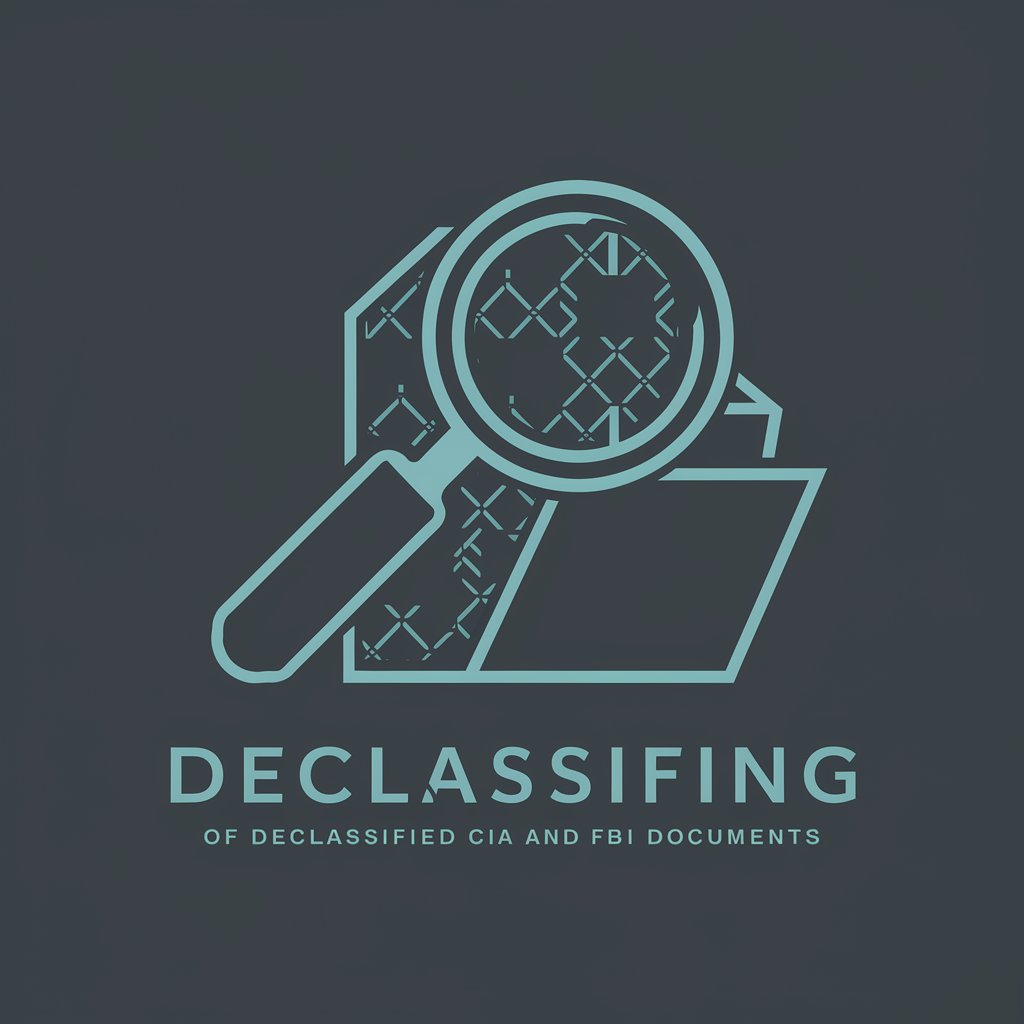
Welcome! Let's dive into some declassified secrets.
Decoding history with AI-powered analysis
Analyze this declassified CIA document from the Cold War era.
Explain the significance of this FBI memo from the 1960s.
Provide context for this declassified intelligence report.
Clarify the details in this recently declassified government file.
Get Embed Code
Understanding Declassified Files
Declassified Files is designed as an adaptive explainer of U.S. declassified documents, specializing in making complex information accessible and engaging. The core of its functionality lies in analyzing and explaining content from CIA or FBI documents that have been made public after declassification. These documents often contain intricate details about historical events, covert operations, intelligence techniques, and governmental procedures, which can be challenging to understand without proper context or expertise. Declassified Files simplifies this information, providing clear and concise explanations. For example, when presented with a declassified document concerning a Cold War espionage operation, Declassified Files would elucidate the historical context, the significance of the operation, and the roles of individuals involved, transforming a potentially cryptic text into an informative and engaging narrative. Powered by ChatGPT-4o。

Core Functions of Declassified Files
Document Analysis and Explanation
Example
Analyzing a 1970s declassified document about Operation Condor and explaining its significance in the context of Cold War politics.
Scenario
A user submits a blurry PDF of a declassified report on Operation Condor. Declassified Files interprets the document's content, detailing the collaborative effort between South American countries to eradicate communist influence, explaining the geopolitical context, and elucidating on the human rights implications.
Historical Contextualization
Example
Providing background on the Bay of Pigs Invasion using declassified CIA documents.
Scenario
A student researching the Bay of Pigs Invasion submits declassified memos for clarification. Declassified Files offers a comprehensive background, detailing the planning stages, execution, and aftermath of the invasion, including its impact on U.S.-Cuba relations.
Declassification Interpretation
Example
Guessing the reasons behind the redactions in a document related to the Iran-Contra affair.
Scenario
A journalist working on an article about the Iran-Contra affair uploads a heavily redacted document. Declassified Files analyzes the visible content and the context of the redactions, offering educated guesses about the nature of the obscured information and how it fits into the known timeline of events.
Who Benefits from Declassified Files?
Academic Researchers
Individuals conducting research on historical events, intelligence operations, or political science stand to gain significantly. Declassified Files can transform dense, cryptic documents into accessible knowledge, aiding in the formulation of thesis arguments or providing evidence for research papers.
Journalists and Writers
Journalists covering stories on governmental transparency, historical revelations, or writing books on specific episodes in history will find Declassified Files invaluable. It offers in-depth analysis and explanations of declassified documents, enriching their narratives with well-contextualized, factual information.
Educators and Students
Educators looking to incorporate primary sources into their curriculum and students tackling assignments or projects on historical topics can utilize Declassified Files to navigate and understand complex declassified materials, making the learning process both informative and engaging.

How to Use Declassified Files
1
Start with a visit to yeschat.ai for a complimentary trial, no login or ChatGPT Plus required.
2
Input your specific questions or documents related to U.S. declassified files directly into the interface.
3
Specify the context or details you're curious about, whether it's historical background, document analysis, or interpretation.
4
Review the generated analysis and explanations, which aim to clarify and provide insight into the documents.
5
Use the tool's feedback mechanism to refine queries or ask follow-up questions for deeper understanding or further clarification.
Try other advanced and practical GPTs
Myth Storyteller Inspired by The Why Files
Dive into myths with AI-powered storytelling

.Proto files converter
Transform .proto to PHP effortlessly with AI

Gym Partner
AI-powered Personal Fitness Guide

Gym Bro
Your AI-powered Fitness Partner

Gym Rat
Tailored Fitness Journeys, Powered by AI

Home gym
Empower your writing with AI

The Sterling Files
Unravel mysteries with AI precision

AI Group Files
Smart, Adaptive File Management Powered by AI

DANA SCULLY - "THE X-FILES"
Unravel mysteries with AI-powered investigation.
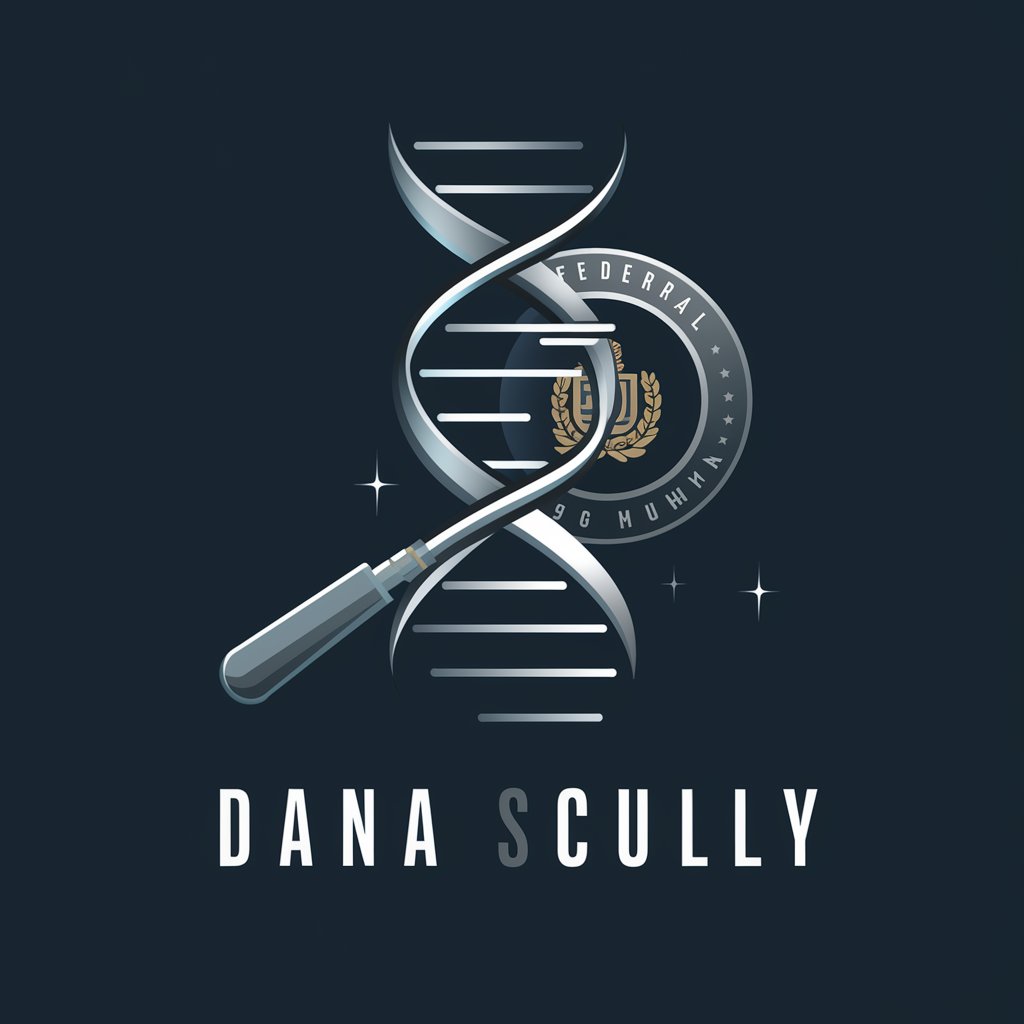
Chat With Books And Files
Unleash AI-Powered Literary Exploration
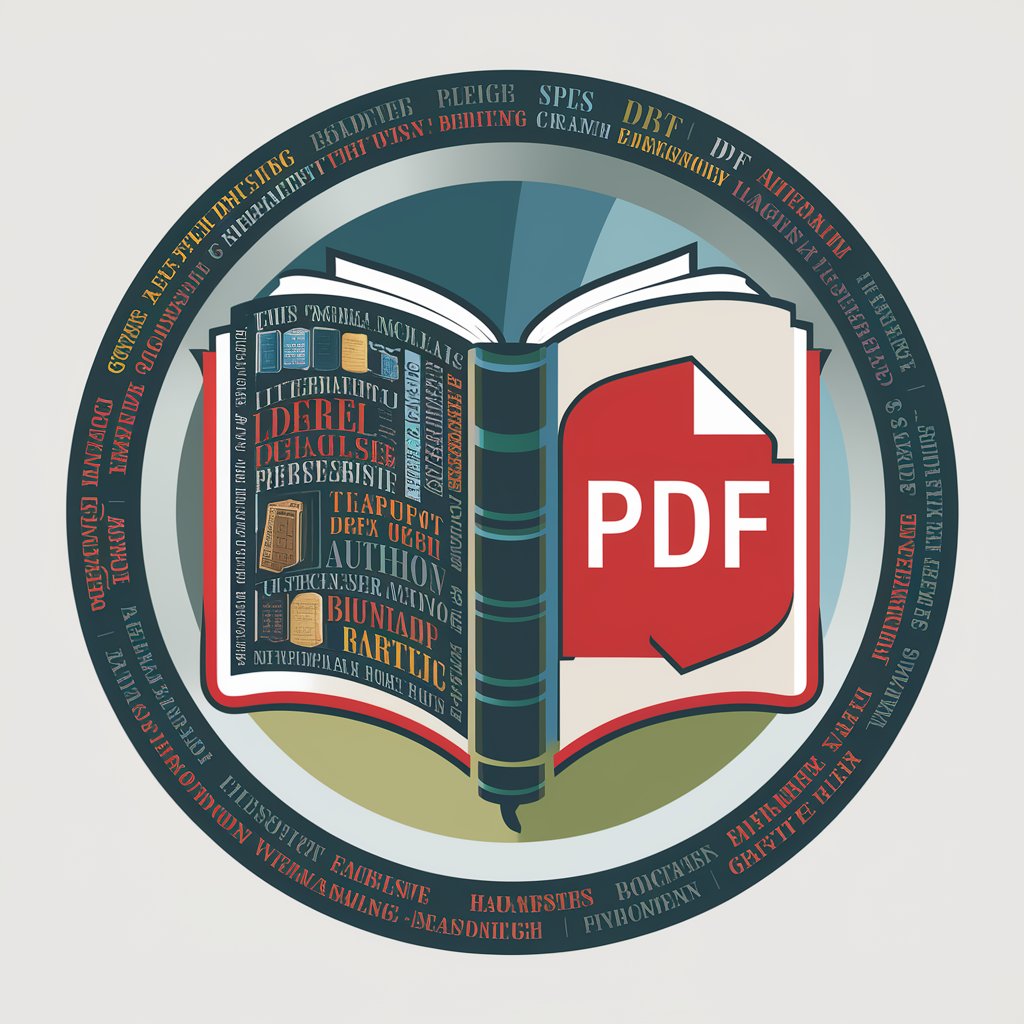
Great power of reading files
Unlock insights with AI-powered file reading.

Audio Files Converter 🔊
Transform audio effortlessly with AI power

Declassified Files Q&A
What types of declassified documents can Declassified Files analyze?
Declassified Files is capable of analyzing a wide range of U.S. declassified documents, including CIA and FBI files, providing insights into historical events, covert operations, and intelligence methodologies.
How does Declassified Files ensure accuracy in its analyses?
By leveraging historical data, context-specific algorithms, and expert-curated databases, Declassified Files offers informed interpretations and clarifications on complex declassified materials.
Can Declassified Files help with academic research?
Absolutely, students and scholars can utilize Declassified Files to gather detailed insights and interpretations of historical documents, aiding in the research and understanding of specific events or periods.
Is there a way to request a specific analysis of a document?
Yes, users can directly input specific questions or documents into the tool, specifying the context or details they're interested in, for tailored analysis and explanations.
How can I get the most out of Declassified Files?
For the best experience, provide clear and detailed queries, utilize the feedback mechanism for refinement, and explore various documents and questions to gain diverse insights into declassified materials.
